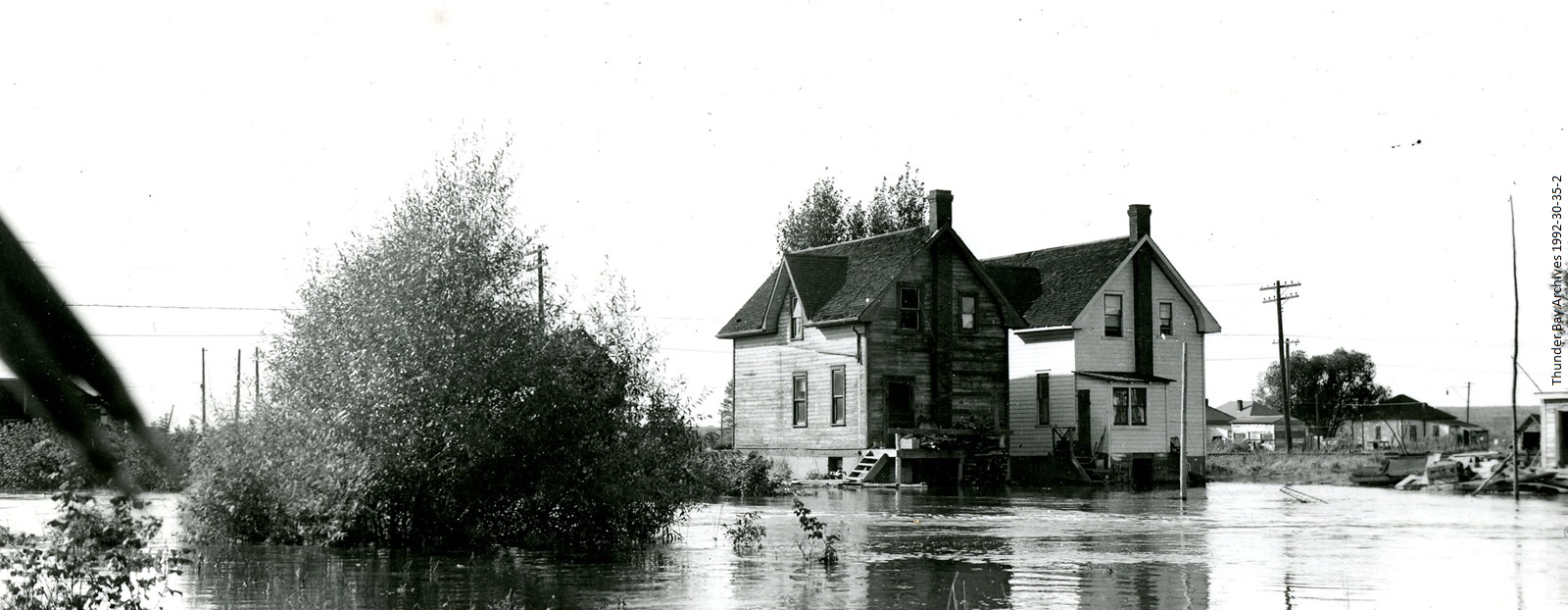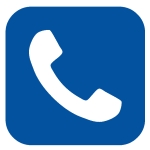The Thunder Bay Emergency Measures Organization planned how to react during a disaster situation, and from time to time were required to put that planning into effect. Real-life events included a major snowstorm and a train derailment.
Snowstorm, 1977
On December 8th, 1977 at approximately 6:00 a.m., snow warnings began to sound on the radio. The Atmospheric Environment Service Weather Office warned of heavy snowfall coupled with high winds and drifting. Transportation all over the city was reduced, and rural buses were cancelled immediately.
About three hours later, a press release went out by radio predicting the effects of the storm, and stating that the situation was being handled by the Thunder Bay Area Emergency Measures Organization. School boards were contacted and local schools were closed. This was followed by the decision of the Director of Transportation to halt all public transit because of poor visibility. Thunder Bay was grinding to a halt as more snow fell.
| Press Bulletin | 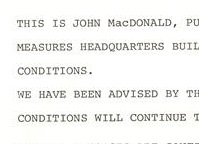 |
Another hour brought worse news. An update from the Weather Office suggested that more snow than originally anticipated might fall. In an attempt to relay this news to City Hall, E.M.O. co-ordinators uncovered a serious communications problem: all phone lines were in use as City staff called home, and no calls could get through. In addition to the buses, taxi companies were also closing down for safety, and some businesses and industries were shutting early so their staff could make their way home.
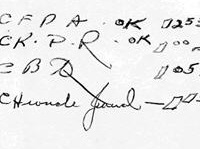 |
News Bulletin |
As more and more snow fell, E.M.O., in order to set an example to private businesses, recommended the closing of City Hall. Staff contacted other communities such as Nipigon and Terrace Bay so they too would be prepared should the storm go their way. Both the Mayor and Police Departments authorized the use of snowmobiles, should they be necessary, for emergency personnel. The storm was becoming so intense that some people were forced to leave their cars on the Expressway and walk home through the snow.
The Weather Office cancelled the snow warning several hours later, but a list of snowmobilers who could assist with emergency transportation was kept on hand. The weather, now just a typical snowy day, had finally settled and Thunder Bay and its residents were safe.
| Snowstorm Case Report | 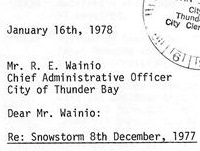 |
Passenger Train Derailment, 1982
Just west of Red Rock, on Sunday, January 31, 1982, an eastbound VIA passenger train became derailed. The detailed report on this event states that six to eight passenger cars were completely off the rails. Emergency medical personnel were notified in both Thunder Bay and Nipigon. However, the Emergency Officer had trouble contacting Thunder Bay Ambulance, to locate the helicopter ambulance, and the Nurse's Registry.
In addition to these communication problems, the natural environment presented a challenge as well. The road nearest to the crash site had not been plowed since the last snowfall. The Emergency Planning Officer suggested that the Ministry of Transportation and Communication should plow the road as soon as possible to enable ambulance access.
Despite the challenges, the response was successful. Helicopters, ambulances, and emergency personnel were on the scene to assist those who needed help. Serious casualties were flown to Thunder Bay while some less seriously injured were treated in Nipigon. As was reported in following days, out of 89 passengers and 25 crew members, 31 people were admitted to hospital, and only 5 for overnight stays.
 |
Train Derailment Report |
Conclusion
Although these emergency responses were ultimately successful, they resulted in many additional recommendations made to the E.M.O. The closure of City Hall during the snowstorm was initially controversial, but E.M.O. defended the action as helping to clear the streets of rush-hour traffic tie-ups that may have occurred later in the day. The tie-up of telephone lines led to the recommendation of new phone equipment and procedures. During a serious disaster, telecommunications would be vital.
Contact Us


